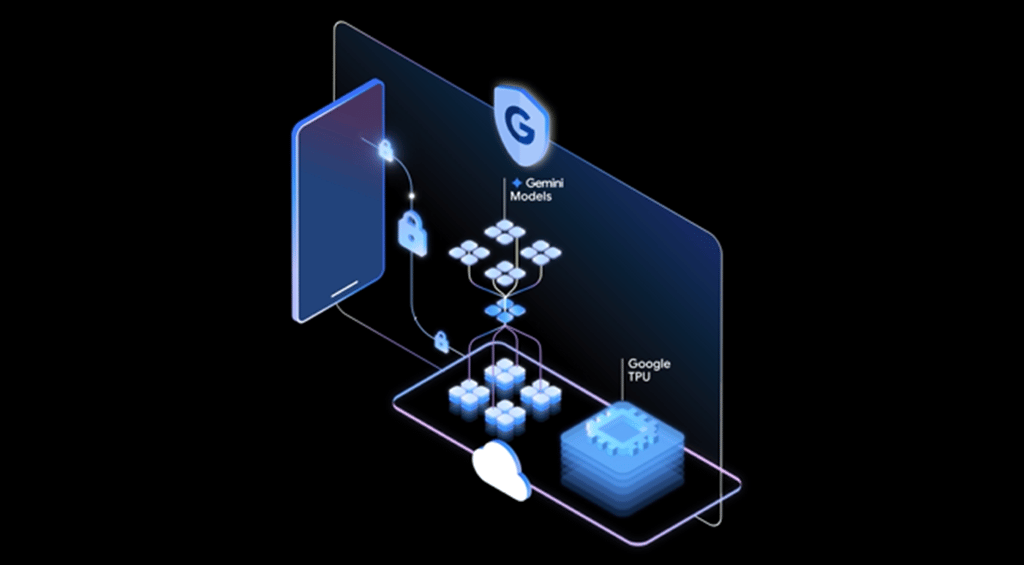Datamation content and product recommendations are
editorially independent. We may make money when you click on links
to our partners.
Learn More
Intel reported its first quarter fiscal 2014 earnings late Tuesday, showing strength in the data center and the emerging market for the Internet of Things.
For the quarter, revenue was reported at $12.8 billion for a one percent year-over-year gain. Net Income was reported at $1.9 billion for a five percent year-over-year decline. Looking forward, Intel provided guidance for the second quarter of 2014 for a revenue midpoint of $13 billion.
Cloud Storage and Backup Benefits
Protecting your company’s data is critical. Cloud storage with automated backup is scalable, flexible and provides peace of mind. Cobalt Iron’s enterprise-grade backup and recovery solution is known for its hands-free automation and reliability, at a lower cost. Cloud backup that just works.
SCHEDULE FREE CONSULT/DEMO
Intel CEO Brian Krzanich said during his company’s earnings call that the Data Center Group had a strong quarter with revenue up by 11 percent. He noted that the cloud, networking and storage businesses were all up in excess of 20 percent. In particular, Intel is seeing strong growth for the technologies that enable the Internet of Things.
“The newly formed Internet of Things Group, which includes our embedded business, grew 32 percent year-over-year, with particularly strong demand in in-vehicle infotainment and retail,” Krzanich said.
Intel recently acquired wearable device maker Basis to further extend its reach in the Internet of Things world. Additionally Krzanich said that Intel has shipped its first Quark SoCs (System on Chip) for the Internet of Things and announced an upgrade of Edison to the Silvermont Atom architecture. Intel announced the embeddable Edison chip at the 2014 Consumer Electronics Show (CES) in January. Edison is a 22-nanometer process based chip and initially will be available with a dual core and include Wi-Fi and Bluetooth connectivity options. Edison is currently on track to ship this summer.
Consumer
While Intel’s enterprise business is going well, its PC client group continues to face challenges on the consumer front. For the quarter, Intel’s PC client group reported revenue of $7.9 billion for a one percent year-over year decline.
“We continue to see strength in the enterprise and that’s pretty much across-the-board everywhere,” Krzanich said. “Consumer still remains a bit weak for us, with emerging markets starting to strengthen a little bit in the consumer, but the rest of the world still showing some weakness at the consumer level.”
The end of Microsoft’s Windows XP operating system this month is not expected to be a driver for future Intel consumer growth in Krzanich’s view. “If you look at the form factors that we’re bringing out, the price points that we’ve been able to enter, you’re seeing strong PCs down in the $200 range now,” Krzanich said.
While Microsoft Windows remains a big target for Intel, Google’s Chrome Linux operating system is also an important area.
“We’re in a significant percentage of the Chrome systems out there,” Krzanich said.
Krzanich emphasized that Intel has both silicon technology as well as architecture capabilities.
“One of the things an OEM gets when they build with Intel technology is that they can go into any OS and they can build a single platform and move that on to Chrome, on to Android, on to Windows,” Krzanich said. “That’s a very unique capability that we provide to OEMs for flexibility.”
Sean Michael Kerner is a senior editor at Datamation and InternetNews.com. Follow him on Twitter @TechJournalist
Photo courtesy of Shutterstock.
-
Ethics and Artificial Intelligence: Driving Greater Equality
FEATURE | By James Maguire,
December 16, 2020
-
AI vs. Machine Learning vs. Deep Learning
FEATURE | By Cynthia Harvey,
December 11, 2020
-
Huawei’s AI Update: Things Are Moving Faster Than We Think
FEATURE | By Rob Enderle,
December 04, 2020
-
Keeping Machine Learning Algorithms Honest in the ‘Ethics-First’ Era
ARTIFICIAL INTELLIGENCE | By Guest Author,
November 18, 2020
-
Key Trends in Chatbots and RPA
FEATURE | By Guest Author,
November 10, 2020
-
Top 10 AIOps Companies
FEATURE | By Samuel Greengard,
November 05, 2020
-
What is Text Analysis?
ARTIFICIAL INTELLIGENCE | By Guest Author,
November 02, 2020
-
How Intel’s Work With Autonomous Cars Could Redefine General Purpose AI
ARTIFICIAL INTELLIGENCE | By Rob Enderle,
October 29, 2020
-
Dell Technologies World: Weaving Together Human And Machine Interaction For AI And Robotics
ARTIFICIAL INTELLIGENCE | By Rob Enderle,
October 23, 2020
-
The Super Moderator, or How IBM Project Debater Could Save Social Media
FEATURE | By Rob Enderle,
October 16, 2020
-
Top 10 Chatbot Platforms
FEATURE | By Cynthia Harvey,
October 07, 2020
-
Finding a Career Path in AI
ARTIFICIAL INTELLIGENCE | By Guest Author,
October 05, 2020
-
CIOs Discuss the Promise of AI and Data Science
FEATURE | By Guest Author,
September 25, 2020
-
Microsoft Is Building An AI Product That Could Predict The Future
FEATURE | By Rob Enderle,
September 25, 2020
-
Top 10 Machine Learning Companies 2021
FEATURE | By Cynthia Harvey,
September 22, 2020
-
NVIDIA and ARM: Massively Changing The AI Landscape
ARTIFICIAL INTELLIGENCE | By Rob Enderle,
September 18, 2020
-
Continuous Intelligence: Expert Discussion [Video and Podcast]
ARTIFICIAL INTELLIGENCE | By James Maguire,
September 14, 2020
-
Artificial Intelligence: Governance and Ethics [Video]
ARTIFICIAL INTELLIGENCE | By James Maguire,
September 13, 2020
-
IBM Watson At The US Open: Showcasing The Power Of A Mature Enterprise-Class AI
FEATURE | By Rob Enderle,
September 11, 2020
-
Artificial Intelligence: Perception vs. Reality
FEATURE | By James Maguire,
September 09, 2020
SEE ALL
CLOUD ARTICLES







